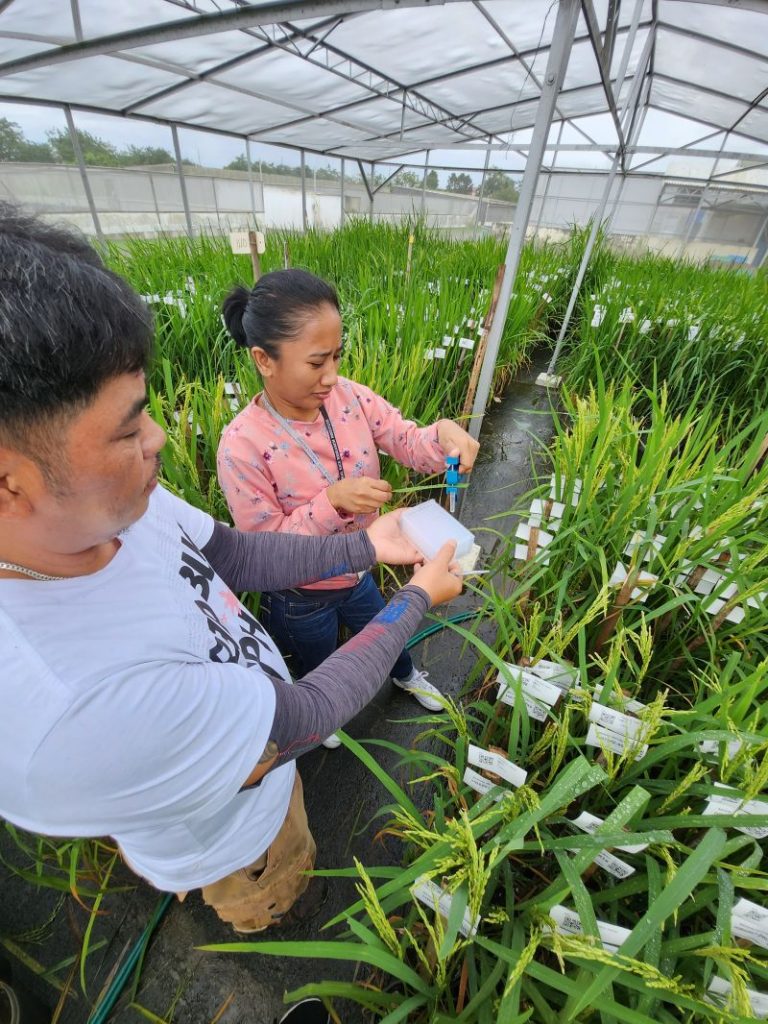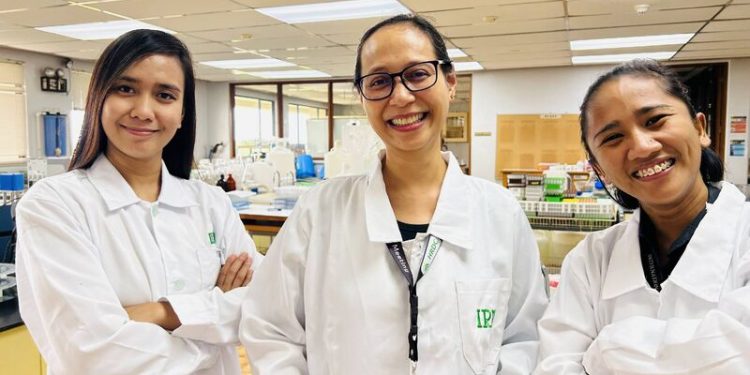Enhancements in Workflow Efficiency Lead to Remarkable Improvements in Breeding Outcomes
In the realm of agricultural research, optimizing breeding processes is crucial for developing improved crop varieties. Recently, the Genotyping Services Laboratory (GSL) and the Grain Quality and Nutrition Services Lab (GQNSL) at the International Rice Research Institute in the Philippines demonstrated the impact of refining workflows on breeding efficiency.
With the assistance of the #BreedingResources Business Process Management (BPM) Unit, both laboratories implemented significant changes to their operations, leading to enhanced outcomes. At the GSL, Maria Ymber Reveche’s team focused on the hybridization process, achieving an impressive reduction in the time required to generate genotype data. By re-evaluating their methods, they cut down the timeframe from 25 days to just 9 days. This breakthrough not only accelerates the breeding cycle but also enables researchers to bring new crop varieties to market more quickly.
Simultaneously, Jennine Lapis’s team at GQNSL utilized spaghetti diagrams to analyze staff movements, identifying critical areas for improvement. The findings led to several strategic adjustments, including the centralization of sample storage, improved labeling practices, organization of samples by status, and the implementation of regular clean-up protocols. These operational enhancements have allowed the lab to process an additional 3,000 samples annually, significantly increasing its capacity.
As a result of these improvements, the GQNSL has seen a boost in annual revenue of $15,000, demonstrating the financial benefits of efficient operations in addition to their impact on research outcomes. These advancements in workflow efficiency not only contribute to the success of crop breeding programs but also highlight the importance of innovative practices in agricultural research.
By optimizing their supporting operations, both GSL and GQNSL are setting a precedent for laboratories worldwide. These enhancements illustrate how small changes can lead to significant improvements in productivity and effectiveness, ultimately contributing to the global effort of addressing food security challenges through better crop varieties.






